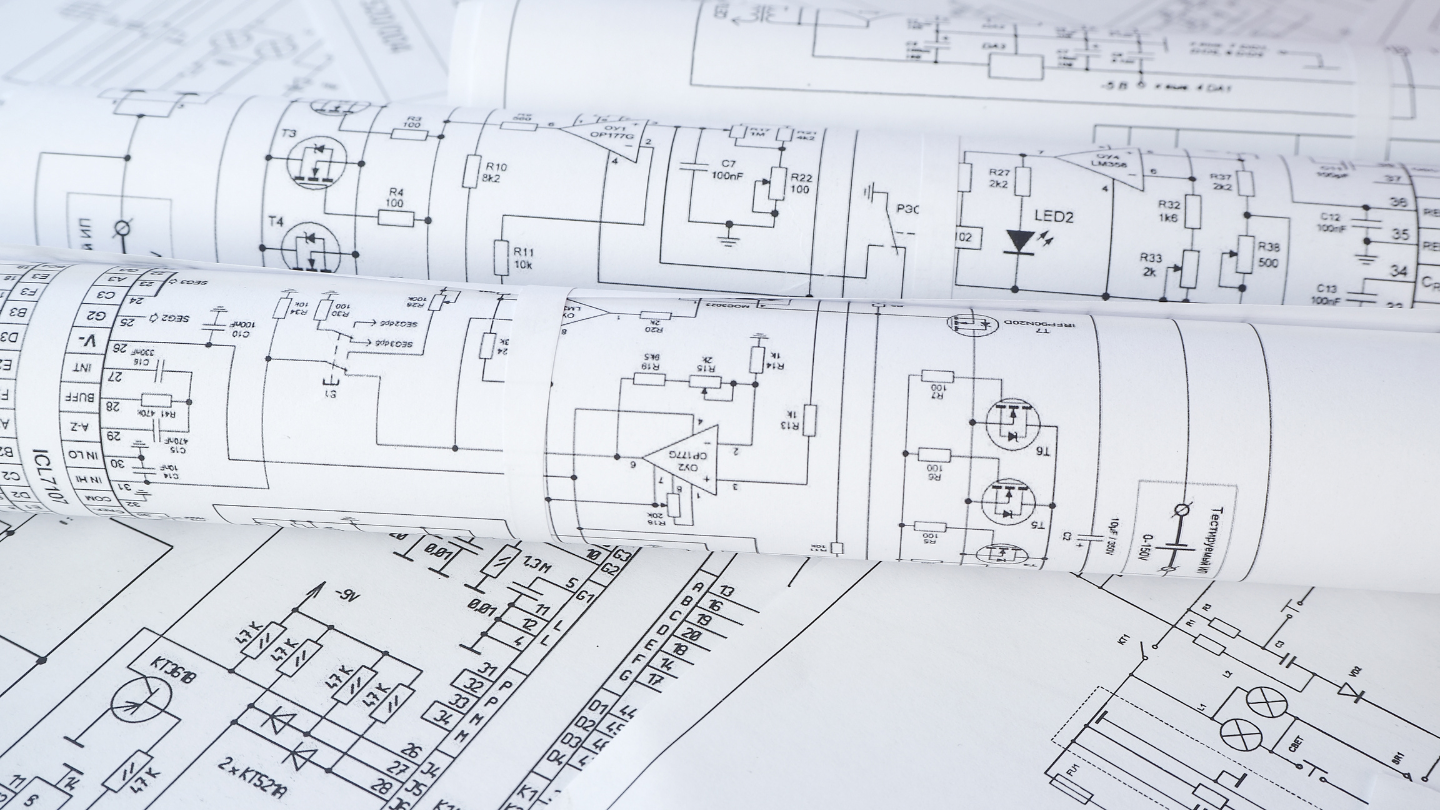Ever wonder what keeps complex projects running smoothly? It’s the behind-the-scenes magic of Process Design Packages (PDPs). These detailed guides are like blueprints for success, helping businesses save time, cut costs, and stay safe.
If you want to take your project to the next level, a solid PDP is your secret weapon, and we are here to tell you all about it!
What is a Process Design Package?
A Process Design Package (PDP) comprises detailed documentation and drawings prepared by the licensor to guide the design and construction of a process facility. It contains the necessary process design engineering information and specifications required to implement it. PDP deliverables usually include fundamental design information, process flow diagrams (PFDs), piping and instrumentation diagrams (P&IDs), equipment specifications, and safety information. This package ensures proper design execution, enhances construction efficiency, and supports project compliance with technical standards.
Components of a Process Design Package
A Process Design Package, or PDP, includes solid process design engineering and technical documents necessary for successfully chemically designing and constructing a process. They are essential in determining process requirements and operational conditions. Here are the main elements of a PDP –
- Basic Design Data: Important process parameters and design basis for project execution.
- Process Flow Diagrams (PFDs): Visual illustration of key equipment and flow of processes. Piping and Instrumentation Diagrams (P&IDs) – Detailed diagrams showing piping, instruments, and control systems.
- Equipment Specifications: Details on the design and performance of major equipment.
- Material and Energy Balance: Full data on the inputs, outputs, and energy requirements
- Safety and Operating Guidelines: Regulations and standards for safe operation and maintenance.
Steps in Developing a Process Design Package
The Generation of Process Design Package (PDP) refers to a structured methodology that helps create an accurate and efficient process design. Collectively, each step aids in constructing a sound engineering, construction, and operation architecture. These are the steps involved –
- Define Project Scope and Objectives – Establish clear goals and design requirements.
- Gather Basic Design Data – We need basic design data, process, and performance parameters.
- Draw Process flow diagrams (PFDs) – Flowcharts that describe the major processes and equipment, etc.
- Develop the Piping and Instrumentation Diagrams (P&IDs) – Identify control systems, valves, and piping configurations.
- Material & Energy Balances – Input-output relationships/efficiency of the process
- Design Equipment Specifications – Define mechanical and operational details for the major equipment.
- Append safety and compliance guidelines — Include standards that must be met and operational best practices.
- Prepare Documentation & Review – Assemble the package for final verification & sign-off.
Benefits of a Comprehensive Process Design Package
A Process Design Package (PDP) is vital to enabling efficient, safe, and cost-effective project execution. It provides essential design and technical data for engineering, construction, and operations.
Following are some major benefits of a properly prepared PDP –
Improved Project Performance
A well-prepared PDP provides clear and detailed design information, enabling the reduction of ambiguities and, in turn , reducing delays. It also gives all project stakeholders a well-defined map and streamlines construction, commissioning, and startup actions.
Cost Savings
A holistic PDP delivers accurate specifications and prevents design errors, minimizing expensive rework and changes during construction. This way, you save a lot of time and money.
Enhanced Safety
Safety guidelines in the PDP aid in the early identification of potential hazards during the design phase. This minimizes operational risks and ensures that plants comply with safety standards, making them safe.
Properly Sizing Your Equipment
Well-defined equipment specifications ensure machinery and components are sized and designed properly for the job. This avoids poor performance and improves the plant’s efficiency and reliability.
Improved Communication
A complete PDP can be useful as a single source of truth for licensors, engineers, and contractors. It encourages clarity of communication and alignment of project targets, reducing the potential for miscommunications and mistakes.
Standards Compliance
The PDP covers valid technical standards and regulatory requirements and ensures that the design conforms to all industry standards. This prevents non-compliance-related issues, which can cause delays and penalties.
Applications of Process Design Packages
A Process Design Package or basic engineering design package is a critical tool for various industries to facilitate effective engineering, construction, and operational processes. It provides detailed design information and technical specifications that ensure efficient project execution. Common applications include –
- Chemical & Petrochemical Industries: PDPs assist in the design and configuration of Chemical plants, ensuring smooth process flow, proportions of the equipment, and safety of the operations.
- Oil and Gas Sector: Utilized refineries and gas processing plants to develop distillation columns, compressors, and pipelines according to detailed specifications.
- Pharmaceutical and Biotechnology: Supports the development of scalable production processes and compliance with stringent regulatory standards.
- Power and Energy Generation: PDPs are used in the design of power plants, such as steam generation and turbine systems, with the goal of efficiency and reliability.
- Food and Beverage Industry: Facilitates hygienic design related to processing systems, bottling, packaging, and quality control mechanisms.
- Environmental Engineering: Guides systems for wastewater treatment and emission controls for sustainable and compliant operation.
- Process Safety and Hazard Analysis: Integrating risk management strategies to improve plant safety and reduce operational risk.
Suggested Read: What is Process Development?
How Ingenero Can Help with Process Design Packages
Ingenero offers comprehensive solutions for creating detailed and reliable Process Design Packages (PDPs) that drive efficiency, sustainability, and safety across various industries. With extensive expertise in process analytics, engineering design, and digital transformation, Ingenero customizes PDPs to meet the unique needs of oil and gas, petrochemical, and refining sectors.
Our solutions incorporate advanced tools like Applied AI and safety risk analytics to optimize process performance and reduce emissions. By leveraging over 16 million process engineering man-hours and analyzing 20 million data points daily, we deliver precise designs that enhance production, reduce costs, and improve safety.
Partnering with Ingenero ensures access to cutting-edge technologies and proven methodologies, including asset performance management and zero-carbon pathways. Our expertise in process feasibility, equipment design, and safety compliance provides a robust foundation for project success. Trust Ingenero for tailored PDPs that minimize risks, maximize efficiency, and achieve sustainable outcomes.
Conclusion
With a focus on engineering design, digital transformation, and sustainability, Ingenero delivers precise, customized solutions to optimize performance, reduce costs, and improve safety. Contact us today to learn how our expertise can transform your projects!



